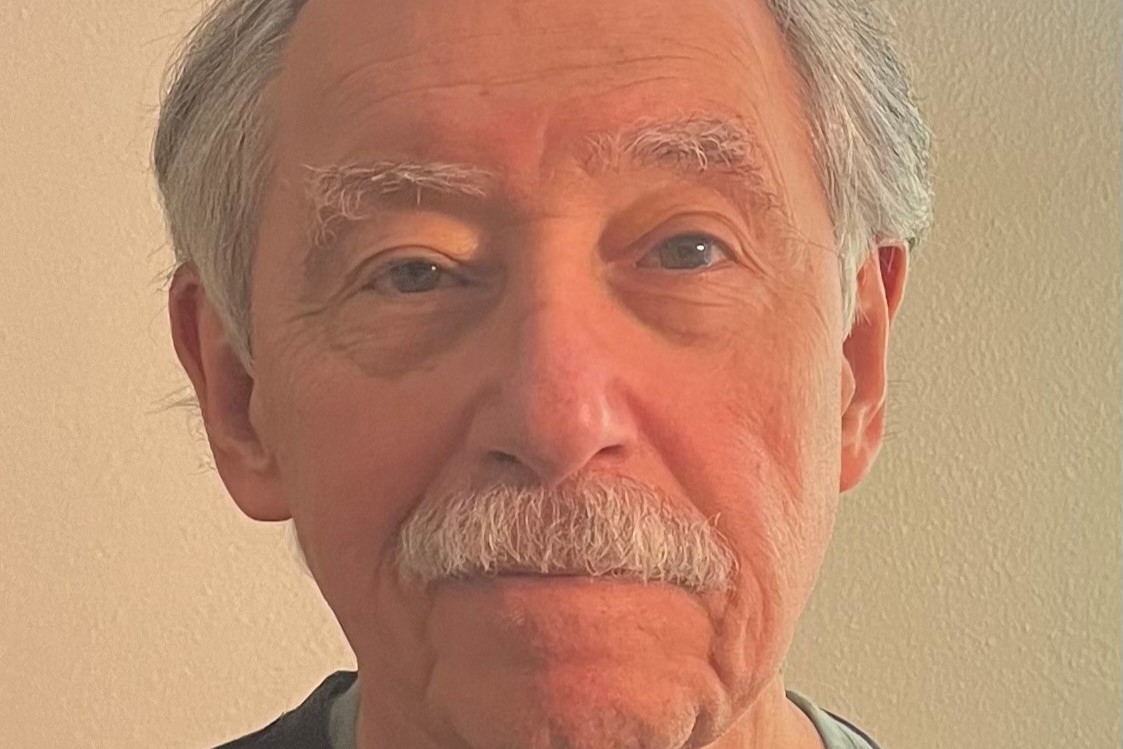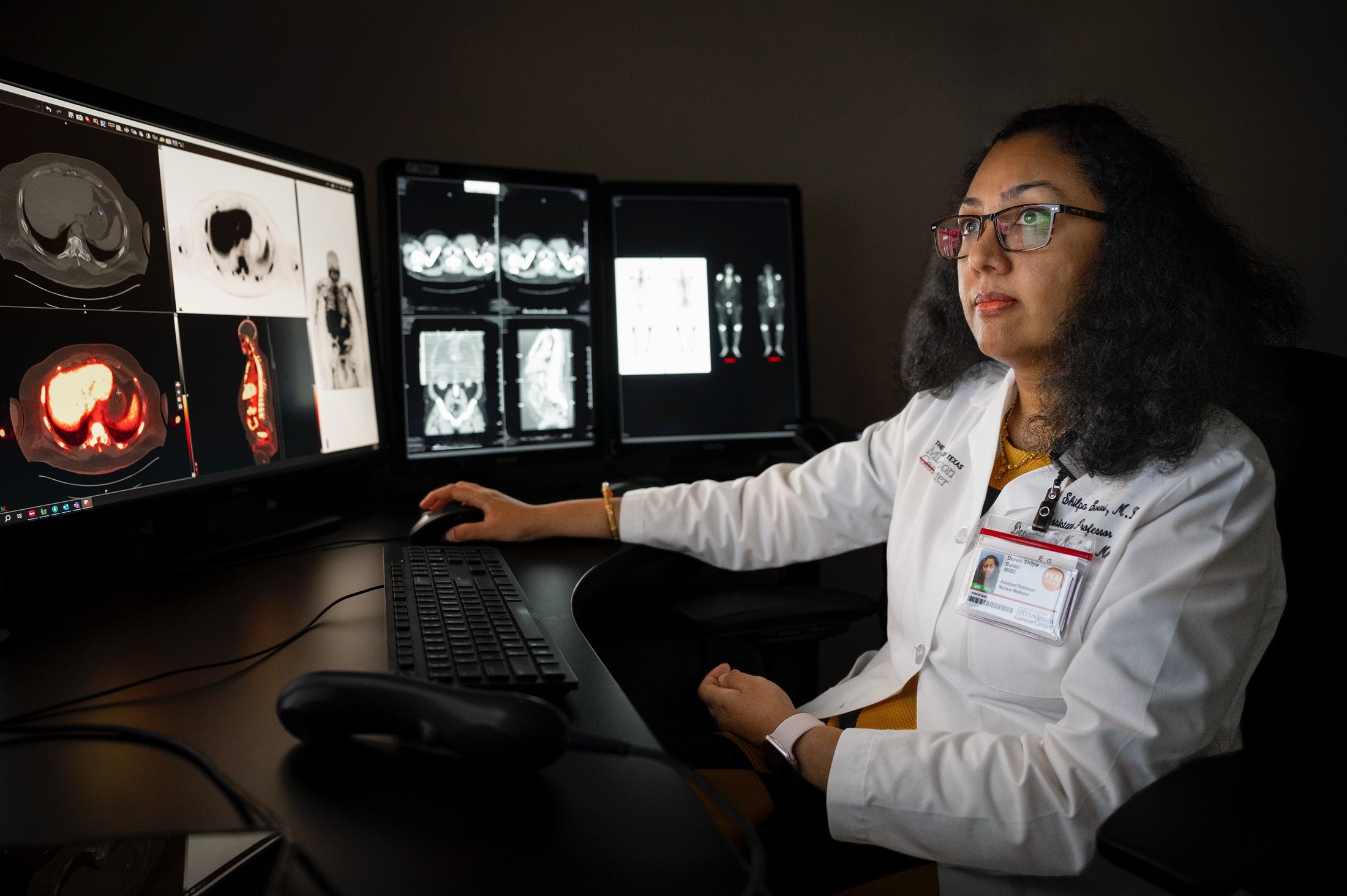- Diseases
- Acoustic Neuroma (14)
- Adrenal Gland Tumor (24)
- Anal Cancer (66)
- Anemia (2)
- Appendix Cancer (16)
- Bile Duct Cancer (28)
- Bladder Cancer (68)
- Brain Metastases (28)
- Brain Tumor (228)
- Breast Cancer (716)
- Breast Implant-Associated Anaplastic Large Cell Lymphoma (2)
- Cancer of Unknown Primary (4)
- Carcinoid Tumor (8)
- Cervical Cancer (154)
- Colon Cancer (164)
- Colorectal Cancer (110)
- Endocrine Tumor (4)
- Esophageal Cancer (42)
- Eye Cancer (36)
- Fallopian Tube Cancer (6)
- Germ Cell Tumor (4)
- Gestational Trophoblastic Disease (2)
- Head and Neck Cancer (6)
- Kidney Cancer (124)
- Leukemia (344)
- Liver Cancer (50)
- Lung Cancer (288)
- Lymphoma (284)
- Mesothelioma (14)
- Metastasis (30)
- Multiple Myeloma (98)
- Myelodysplastic Syndrome (60)
- Myeloproliferative Neoplasm (4)
- Neuroendocrine Tumors (16)
- Oral Cancer (100)
- Ovarian Cancer (170)
- Pancreatic Cancer (166)
- Parathyroid Disease (2)
- Penile Cancer (14)
- Pituitary Tumor (6)
- Prostate Cancer (144)
- Rectal Cancer (58)
- Renal Medullary Carcinoma (6)
- Salivary Gland Cancer (14)
- Sarcoma (236)
- Skin Cancer (294)
- Skull Base Tumors (56)
- Spinal Tumor (12)
- Stomach Cancer (60)
- Testicular Cancer (28)
- Throat Cancer (90)
- Thymoma (6)
- Thyroid Cancer (98)
- Tonsil Cancer (30)
- Uterine Cancer (78)
- Vaginal Cancer (14)
- Vulvar Cancer (18)
- Cancer Topic
- Adolescent and Young Adult Cancer Issues (20)
- Advance Care Planning (10)
- Biostatistics (2)
- Blood Donation (18)
- Bone Health (8)
- COVID-19 (362)
- Cancer Recurrence (120)
- Childhood Cancer Issues (120)
- Clinical Trials (622)
- Complementary Integrative Medicine (24)
- Cytogenetics (2)
- DNA Methylation (4)
- Diagnosis (226)
- Epigenetics (6)
- Fertility (62)
- Follow-up Guidelines (2)
- Health Disparities (14)
- Hereditary Cancer Syndromes (122)
- Immunology (18)
- Li-Fraumeni Syndrome (8)
- Mental Health (118)
- Molecular Diagnostics (8)
- Pain Management (62)
- Palliative Care (8)
- Pathology (10)
- Physical Therapy (18)
- Pregnancy (18)
- Prevention (890)
- Research (388)
- Second Opinion (74)
- Sexuality (16)
- Side Effects (602)
- Sleep Disorders (10)
- Stem Cell Transplantation Cellular Therapy (216)
- Support (404)
- Survivorship (322)
- Symptoms (184)
- Treatment (1768)
Prostate cancer survivor grateful for stereotactic body radiation therapy (SBRT)
4 minute read | Published June 11, 2024
Medically Reviewed | Last reviewed by an MD Anderson Cancer Center medical professional on June 11, 2024
With a family history of prostate cancer, Keith Burchfield did not wait to talk to his doctor about the risks and benefits of early prostate cancer screening.
At his yearly exam, his prostate-specific antigen (PSA) levels had significantly changed since the previous year. There was a 50% chance that he had early-stage prostate cancer. PSA levels show up through a blood test that measures the amount of PSA circulating in the blood. This level is used to assess prostate cancer risk.
Knowing MD Anderson is the top cancer hospital in the nation, he requested an appointment online right away. “I live in the Dallas area and was willing to make the 4-hour drive for the expertise and top treatment options,” says Keith. “I did not want to waste any time.”
Finding expertise and reassurance at MD Anderson
Keith’s first appointment at MD Anderson was scheduled in November 2020, during the COVID-19 pandemic. He met with urologist Justin Gregg, M.D., who ordered an MRI to be done in Dallas so Keith could be close to home.
After the MRI, Gregg confirmed Keith had four lesions. The previous hospital had only detected three. Keith had a biopsy at MD Anderson, then went back to Dallas to wait for his results. Shortly thereafter, Gregg called to let Keith know that the biopsy confirmed he had stage II prostate cancer.
Gregg outlined Keith’s prostate cancer treatment options: surgery, radiation therapy or active surveillance – also known as watchful waiting. “Dr. Gregg answered all my questions with great care. This helped me and my wife, Judy, decide what type of treatment was best for me,” says Keith.
He did not want to postpone treatment by choosing active surveillance. He also didn’t want to face the possibility of side effects from surgery. So, Keith chose radiation therapy. He knew he had a window of opportunity and did not want to wonder if the cancer would become aggressive.
“I was presented with the gift of early detection and wanted to do something as soon as possible,” he says.
Undergoing SBRT for prostate cancer treatment
In February 2021, Keith traveled to Houston to meet with radiation oncologist Karen Hoffman, M.D., and Sarah Todd, her physician assistant at the time.
“Dr. Hoffman and Sarah took the time to explain the types of radiation therapy treatments that I qualified for,” remembers Keith. Each radiation type uses a different number of treatments, either daily radiation for weeks or a short-term radiation for five sessions.
After talking it over with his wife, Keith decided to undergo a short-term radiation therapy called stereotactic body radiation therapy (SBRT). SBRT typically consists of five treatments using a high dose of radiation to treat the tumor’s exact location and shape. A customized treatment plan sets the angles and intensities of the radiation beams.
Keith decided to commute to Houston from Dallas for his five daily SBRT treatments. It happened to be the week of the February 2021 winter storm, an historic winter weather event in Houston resulting in road closures, widespread power outages, loss of heat and broken pipes across Texas.
“I am very thankful that Dr. Hoffman and Sarah are so easy and wonderful to work with. They stayed in continuous communication with me. They made sure I was able to stay on track with my treatments during the bad winter storm – even treating me on a Saturday to make up a missed appointment during the week,” he says.
Keith does not recall experiencing any significant side effects from SBRT. “While every treatment has side effects, I did not notice anything out of the norm from treatment. I had energy to drive back and forth each day,” he says. “And the staff accommodated my travel schedule and arranged my appointments for later in the morning or early afternoon.”
Cherishing every moment after successful SBRT
Three years after treatment, Keith continues to enjoy life after cancer. He meets with Todd every six months to review his PSA levels via a telehealth visit and make sure his prostate cancer stays in remission. In July, he will switch to annual visits.
“My father was diagnosed with stage IV prostate cancer many years ago when they did not have the technology and treatment options available today,” says Keith. “I’m thankful for the advances in radiation therapy.”
Keith is glad he got annual exams to keep an eye on his PSA levels. Most people with stage I or II prostate cancer do not show any symptoms. He tells other men: If you develop prostate cancer and catch it early, you will have more treatment options and a better chance of getting cured.
Not doing active surveillance was an easy decision for Keith. He did not want to have regrets, and he knew the treatment would be more challenging if he was diagnosed with advanced disease.
“Know the prostate cancer warning signs and stay on top of your PSA screenings, especially if you have a family history,” he says. “Early diagnosis is the key to effective treatment.”
Request an appointment at MD Anderson online or call 1-855-686-0043.
Related Cancerwise Stories

Early diagnosis is the key to effective treatment.
Keith Burchfield
Survivor





